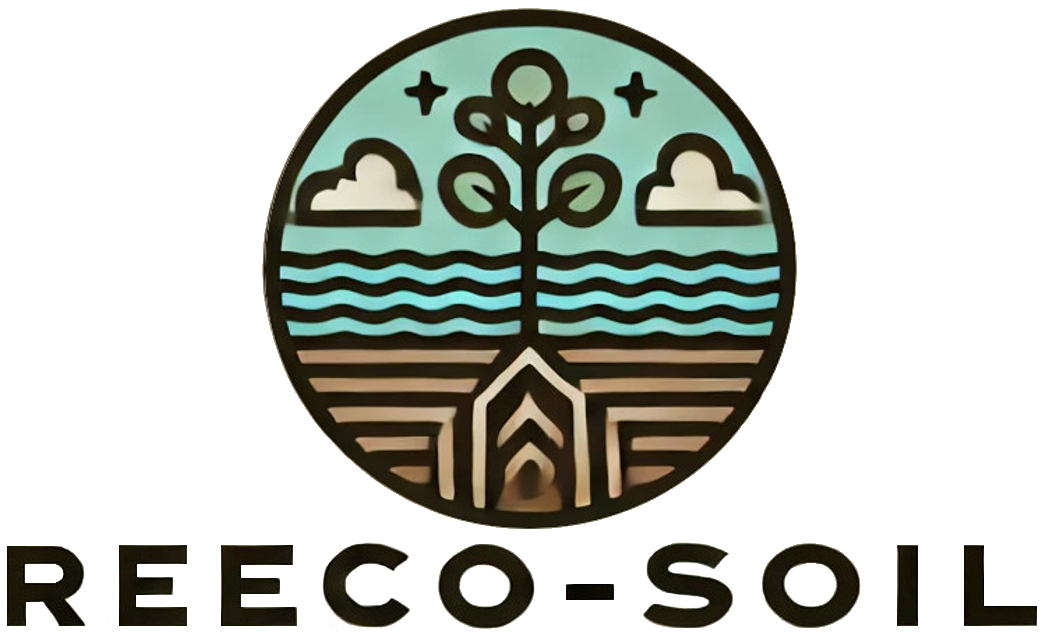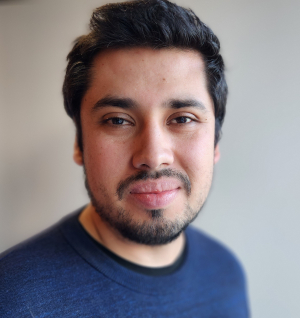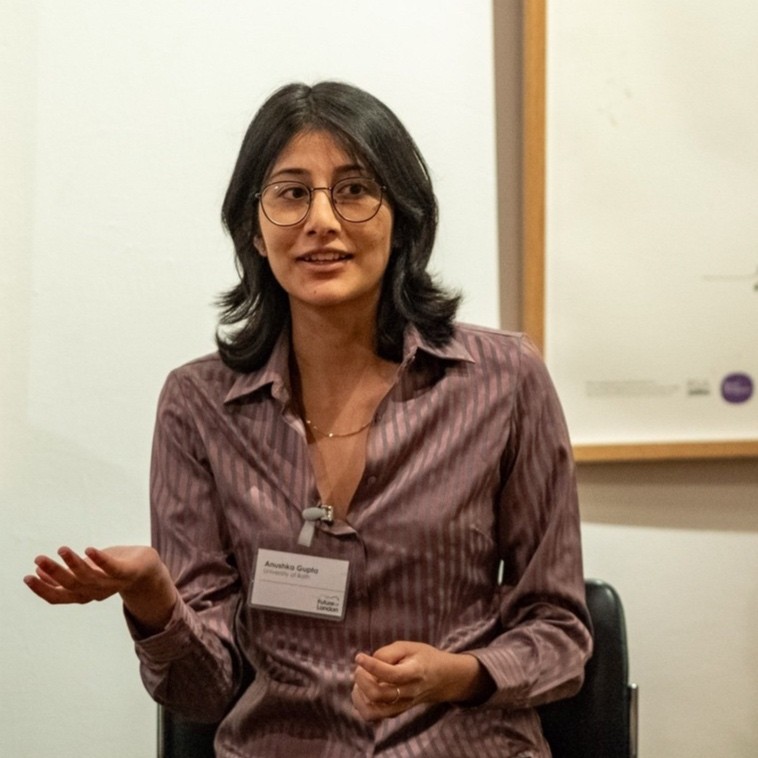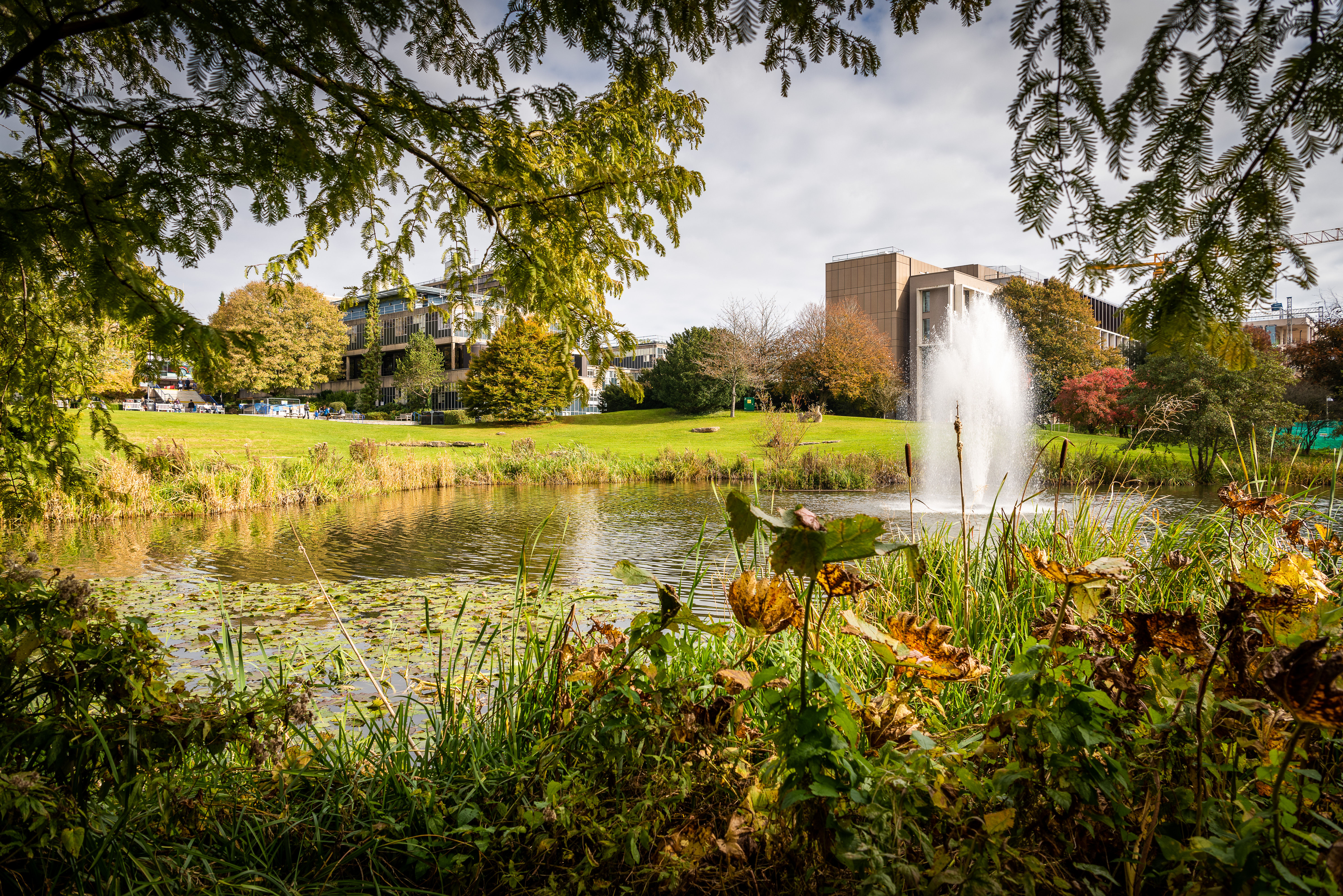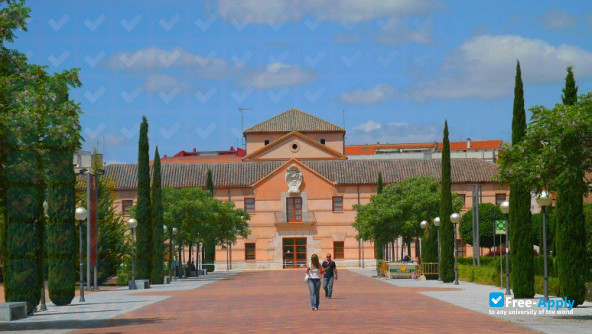Participants
People
Dr Alejandro Jiménez Rios is a Civil Engineer graduated from the University of Guadalajara, Mexico. He obtained the double title of Advanced Master's Degree in the Structural Analysis of Monuments and Historical Constructions (SAHC) by the Czech Technical University, Czech Republic, and by the Polytechnic University of Catalonia, Spain. At Trinity College, Dublin, Ireland, he got a postgraduate diploma in statistics and also a PhD in Civil, Structural and Environmental Engineering. He worked as a Postdoctoral Researcher at the Department of Structural and Geotechnical Engineering of the Faculty of Architecture at the Sapienza University of Rome, Italy.
As part of the DTADD project, he worked as a MSCA Postdoctoral Research Fellow at the Department of Built Environment, Oslo Metropolitan University, Norway, held a distinguished ICCROM Fellowship with the International Centre for the Study of the Preservation and Restoration of Cultural Property (ICCROM), Italy and was hosted at the Faculty of Civil Engineering and Geosciences, Delft University of Technology, Netherlands, during a three-month secondment. Currently, he works as Lecturer in Structural Engineering at the Department of Architecture & Civil Engineering, University of Bath, UK.
His research focuses on preserving and maintaining historic buildings and bridges. He studies traditional and eco-friendly architecture and investigate how materials like masonry, bamboo, and earth behave under different conditions. This involves using methods that don't damage the structures and conducting large-scale tests. He also works on making buildings more robust and resilient. Additionally, he explores how new technologies, such as artificial intelligence and digital twins, can be used in architecture, construction, and engineering to improve the way structures are monitored and managed.
Dr Juliana Calabria-Holley is a Senior Lecturer in the Department of Architecture & Civil Engineering, University of Bath, UK. Her main research interests lay with nanotechnology applied to innovative sustainable construction materials.
Dr Calabria-Holley is a material Scientist and experienced Architect. As an Architect she has conducted over ten years of self-employed architectural practice, six years of which were carried out simultaneously with her Masters from Federal University of Minas Gerais (UFMG), Brazil and her PhD from UFMG, Brazil and Imperial College of London, UK. Both in the field of Materials Science and Engineering.
Her research expertise spans from architecture to material science, and is focused on the interdisciplinary development of innovative and low carbon construction materials. Her research activities centre on nanotechnology applied to cementitious systems, surface engineering via sol-gel, adsorption processes and porosity systems, micro and nanostructure of manufactured and natural building materials. Academically her work is cross-disciplinary, expanding boundaries and, more importantly, delivering a new interdisciplinary interface.
Co-PI
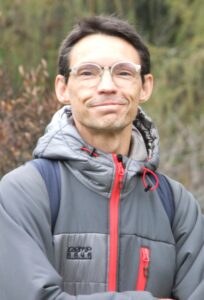
Name: Dr Francisco Javier Castilla Pascual
Email: FcoJavier.Castilla@uclm.es
Affiliation: University of Castilla La Mancha
Dr Francisco Javier Castilla Pascual is an Associate Professor in the Department of Applied Mechanics and Project Engineering, University of Castilla La Mancha, Spain. He teaches at the school of engineering in the Degree and Master of Mechanical Engineering and Industrial Engineering.
Francisco got his Bachelor Degree in architecture by the School of Architecture at the Polytechnic University of Madrid (UPM) in 1995. He is a specialist in installations and facilities in building refurbishment and renovation. He obtained his PhD from the UPM in 2004, as a result of four years Grant (1996-1999) for university teaching training. Since 1999 he has been sharing my time between professional works and academic activities at the University.
Two main lines have kept his interest since he started his pre-doctorate research until now, and one lead to the other. Building with earth: Traditional and new earth construction techniques (rammed earth, compressed earth blocks, adobe, and clay plaster). He has participated in several national research projects and also as consultant in earth construction for some modern buildings. Energy efficiency and sustainable construction in buildings and environmental assessment: He is associated member and hold the title of EA (Evaluador Acreditado) by Green Building Council - España (2011), and he is also an associated member of the Spanish passivhaus association. (Plataforma Española Passivhaus). As a result of his involvement in this issue he led his university team in the international competition SOLARDECATHLON2014, where they focused their project “syimbcity” on the regeneration of existing buildings and experimented passive and bioclimatic design strategies as the main issue to get indoor comfort conditions. He is also a researcher on the current I+D national projects: «Calibration of BIM models by means of low cost sensors for the energy optimization of buildings», «BIM Thermal: automatic creation and monitoring of three-dimensional thermal models in building interiors»
Anushka Gupta is an undergraduate architecture student at the Department of Architecture & Civil Engineering, University of Bath.
She strives to be a socially conscious, ecologically responsible and culturally intelligent architect. She is interested in the architect's ability to orchestrate the experience of space at the building-scale; and facilitate community-led retrofit at the neighbourhood scale.
She recently gained experience working in India and also with an architectural technologist in the UK. She completed a paid and highly competitive internship at NLA - home to London's Built Environment, where she organised and attended a programme of events, awards and the London Festival of Architecture. Her manager, Grace Simmonds, commended her ability to adapt proactively to changing situations.
She has organised large-scale events such as an inter-university student competition and the stuCAN festival as part of the Architect's Climate Action Network (ACAN) to supplement a climate-aware architectural education. Matthew Pembery, a former ACAN Education co-ordinator and Bath alumni, described her as 'a community maker with a lot of drive and passion.'
Institutions
The University of Bath was established on Claverton Down in Bath in 1966 and are now established as a top 10 UK university with a reputation for research and teaching excellence. It is a campus university in the South West of England. University of Bath is an energetic connected community, committed to excellence in research and education, embracing the opportunities of today's world and addressing its challenges. Knowledge and experience are connected in the search for understanding and solutions; study and practice are connected through high-value placements and strategic partnerships to prepare excellent students for future success; and students and staff are connected in an inclusive, collegial, ambitious learning community. To belong at Bath is to be connected, and together to build for our future.
The University of CAstilla La Mancha is the flagship academic institution in the autonomous community which gave it its name and which is a leader in the creation and transmission of science, technology, innovation, culture and solidarity. In its thirty years of operation, the UCLM has provided young people with access to higher education and has dynamized life in the cities where its four campuses have been established: Ciudad Real, site of its vice-chancellorship-, Albacete, Cuenca and Toledo. At present, teaching extends to the towns of Almaden (Ciudad Real) and Talavera de la Reina (Toledo).
